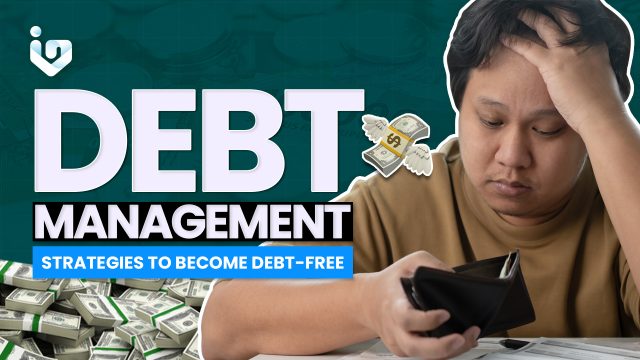In the journey of financial wellness, debt often appears as a formidable obstacle. It’s a challenge that many face, yet few discuss openly. The path to becoming debt-free is not just a financial endeavor but a mental and emotional one as well. This article aims to demystify the process and provide you with actionable strategies to manage and eliminate your debt.
Understanding Your Debt
The first step in conquering debt is understanding it. Debt isn’t just a number; it’s a mix of interest rates, repayment periods, and creditors, each with its own set of rules. Start by listing all your debts, including credit cards, loans, and any other financial obligations. Note the interest rates, minimum payments, and due dates. This clarity is the foundation of your debt management plan.
Creating a Budget
A budget is your financial blueprint. It’s essential to know where your money is going each month. Track your income and expenses. Identify areas where you can cut back, and allocate those savings towards your debt. Remember, a budget isn’t set in stone. It’s a living document that adapts to your changing financial situation.
The Snowball Method
The snowball method involves paying off debts from smallest to largest, regardless of interest rate. This psychological win provides momentum, as each paid-off account is a step closer to debt freedom. Start by making minimum payments on all debts, then put extra money towards the smallest balance. Once that’s paid off, move to the next smallest, and so on.
The Avalanche Method
Contrary to the snowball method, the avalanche method prioritizes debts with the highest interest rates. This approach saves you money on interest over time. Pay the minimum on all your debts, but focus any additional funds on the debt with the highest interest rate. After paying off the highest-interest debt, proceed to the one with the next highest rate.
Negotiating with Creditors
Sometimes, the terms of your debt are negotiable. Reach out to your creditors to discuss your situation. You may be able to lower your interest rates, waive fees, or even settle for less than what you owe. Creditors are often willing to work with you if it means they’ll receive payment.
Consolidating Your Debt
Debt consolidation can simplify your payments and potentially reduce your interest rates. This involves taking out a new loan to pay off multiple debts, leaving you with a single monthly payment. It’s crucial to ensure that the consolidation loan has a lower interest rate than your current debts.
Seeking Professional Help
If managing debt becomes overwhelming, don’t hesitate to seek professional help. Credit counselors can provide guidance and help you create a debt management plan. They can also negotiate with creditors on your behalf and may offer debt management programs that can assist you in becoming debt-free.
Staying Motivated
Debt management is a marathon, not a sprint. It’s important to celebrate small victories along the way. Keep track of your progress and remind yourself of your goals. Staying motivated is key to maintaining the discipline necessary to become debt-free.
Conclusion
Becoming debt-free is an achievable goal. It requires a clear understanding of your debts, a solid budget, and a strategy that aligns with your financial habits and goals. Whether you choose the snowball or avalanche method, negotiate with creditors, consolidate your debts, or seek professional help, the most important step is to start. Take control of your finances today and pave the way to a debt-free tomorrow.

